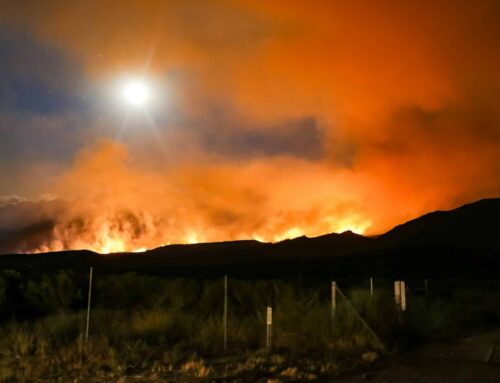Royal Dutch Shell recently announced it is abandoning its experimental oil shale project and all three of its 10-year, 160-acre federal research, development, and demonstration (R,D,&D) leases it holds in the Piceance Basin of Colorado. Since the early 20th century, the federal government and private industry have attempted to commercialize oil shale in the United States. Yet, after providing billions of taxpayer-backed subsidies, the oil shale industry still remains in its infancy today.
Since Shell first began its oil shale research in the early 1980s, the company has spent approximately $30 million with little results. In February 2012, Chevron also abandoned its oil shale project. With Shell’s announcement, only one major oil and gas company with a federal R,D,&D lease remains: Exxon Mobil. The three other smaller companies that hold federal R,D,&D leases include: Natural Soda Holdings, Inc., American Shale Oil Corp., and Enefit American Oil.
Several federal subsidies created by the Energy Policy Act of 2005, as well as other legislation, are available to the oil shale industry today. These include: (1) three tax subsidies that directly benefit the oil shale industry, (2) draft commercial leasing regulations with insufficient royalty rate proposals, and (3) R,D,&D leases have been awarded without requiring the payment of bonuses, rents, or royalties.
Despite a long history of federal support, the oil shale industry has failed repeatedly to prove it can produce at commercial scale. The oil shale industry remains years, if not decades, away from demonstrating this capability. In these tight budget times, we cannot afford to continue throwing good money after bad.











Get Social